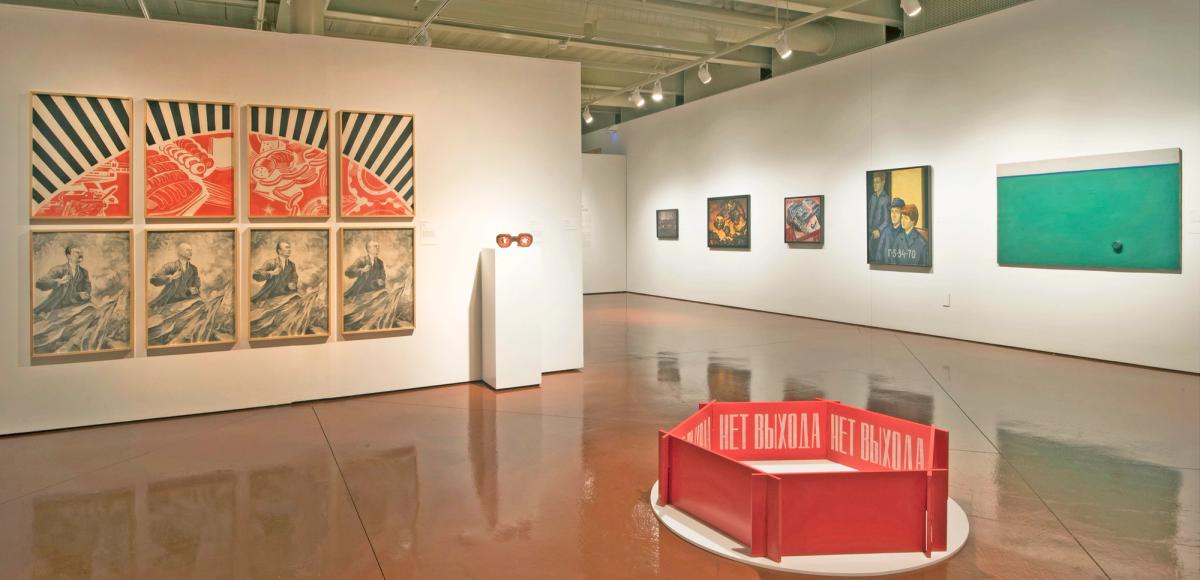The Zimmerli Art Museum at Rutgers University has received a gift of over 17,000 works of art by Soviet dissident artists, the museum announced today (9 November). The collection of Nancy and Norton T. Dodge, estimated to be worth over $34m, is the largest gift in the college’s history and includes examples by nearly 1,000 artists who openly—and often dangerously—rejected or lampooned Socialist imagery. “We have the greatest collection of this art in the world, including in former Soviet republics,” says Thomas Sokolowski, the museum’s director.
While studying labour practices in the USSR in the 1960s, and over the course of decades, the late economist and Sovietologist Norton Dodge, secretly assembled around 20,000 works of “non-conformist” art. In 1991, the Dodges, who were based in Maryland, presented roughly 4,000 pieces from their collection to the Zimmerli, which already had extensive holdings of Russian and Soviet art. Now, the remaining paintings, sculptures, photographs, videos, works on paper, installations, and artist’s books will permanently reside in New Jersey, too.
Dated between 1951 and 1991—the end of Soviet President Mikhail Gorbachev’s perestroika era—the collection includes leading creative resisters such as Mikhail Roginsky, Vasilii Sitnikov, Timur Novikov and Moscow-born Pop artist Rostislav Lebedev, whose names are still relatively unknown to American audiences and might even be new to specialists in the field. “It was a revelation to me to discover Rostislav Lebedev through the newly donated pieces. His art looks more relevant to the political changes in Russia today than do the works of his better-known fellow Sots artists,” says Julia Tulovsky, a curator of Russian art at the Zimmerli, referring to the group of artists who used Communist imagery to mock the political system. Collectively, the Dodge treasury testifies to the persistence “of the human spirit even under the most unfavorable conditions,” Tulovsky adds.
Adding to the gift, the Colorado-based Avenir Foundation has given the Zimmerli a $10m grant for an endowment to catalogue, study, preserve, publish and exhibit the materials, including in travelling shows that could go to Russia. “We have the mission of not only showing the collection here in New Brunswick, but of sending it far and wide,” Sokolowski says. Some works from the gift are already on view in the museum’s exhibition Commemorating the Russian Revolution: 1917/2017 (until 18 February 2018).


